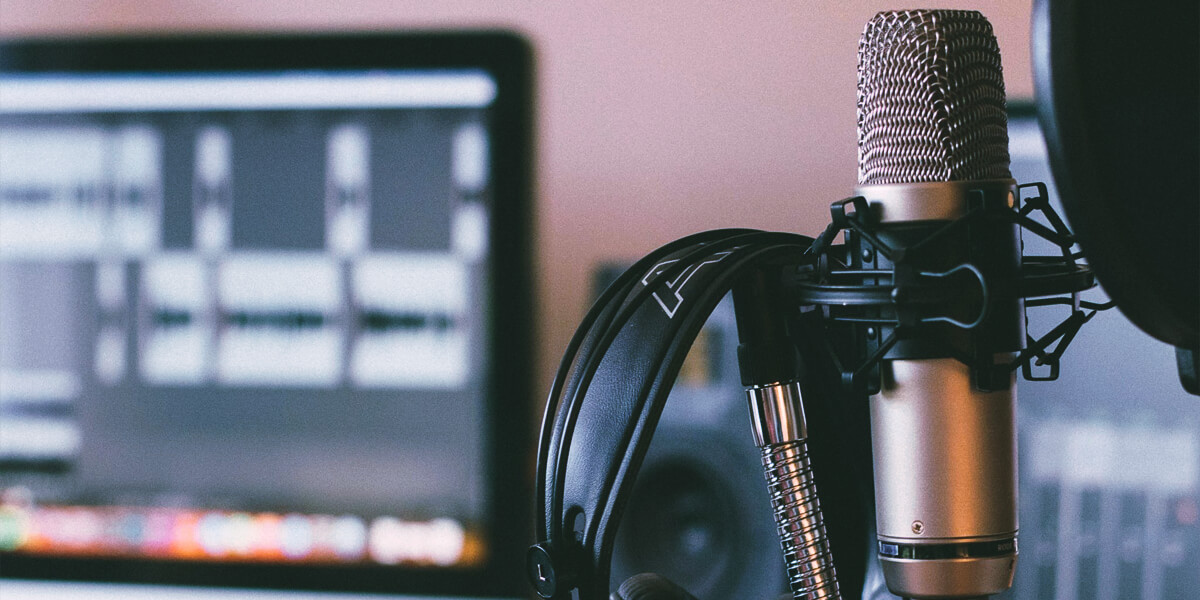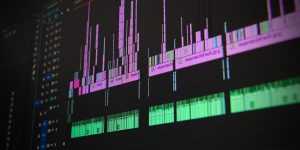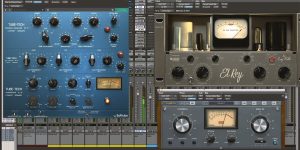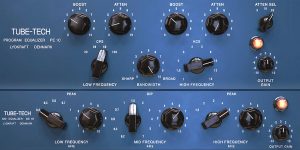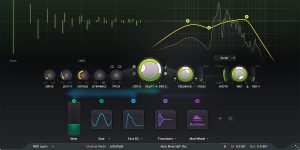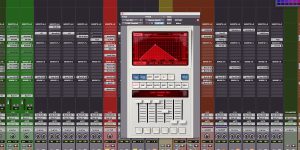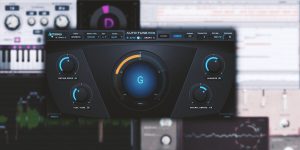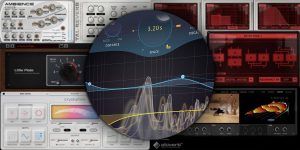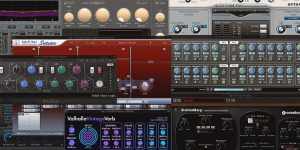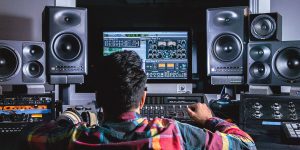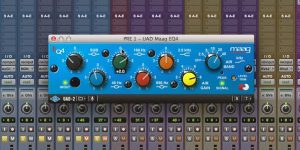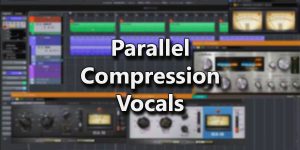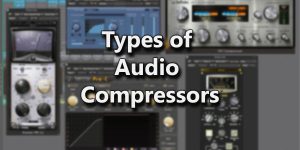Vocal tuning, a fundamental aspect of modern music production, has revolutionized the way voices are captured and presented in recordings and live performances. Whether it involves subtle corrections or more extensive pitch manipulation, vocal tuning has become an indispensable tool for achieving professional-grade performances that are pitch-perfect and harmonically pleasing. In this article, I will explore the art and techniques of tuning, its impact on the music industry, and provide practical tips for achieving optimal vocal results.
Unveiling vocal tuning: what it is and why it matters
Vocal tuning is a transformative process in music production, which is part of a larger process – vocal mixing, that involves refining and adjusting the pitch and tonality of a vocalist’s performance. With advanced technologies and software at our disposal, we can meticulously correct off-key notes, enhance vocal precision, and create a polished and professional sound.
Let’s explore why tuning matters in modern music production:
- Vocal tuning allows for precise pitch correction, ensuring that vocals are consistently on key throughout a performance or recording.
- By refining vocal pitch and tonality, it helps achieve a polished and professional sound that captivates listeners.
- This process opens up creative avenues, enabling artists to experiment with vocal effects, harmonies, and intricate arrangements.
- Tuning ensures consistency in pitch and tonality, making sure that live performances match recorded versions.
By embracing tuning techniques and tools, musicians can elevate their recordings and performances to new levels of excellence.
Striking the right chord: how to tune vocals
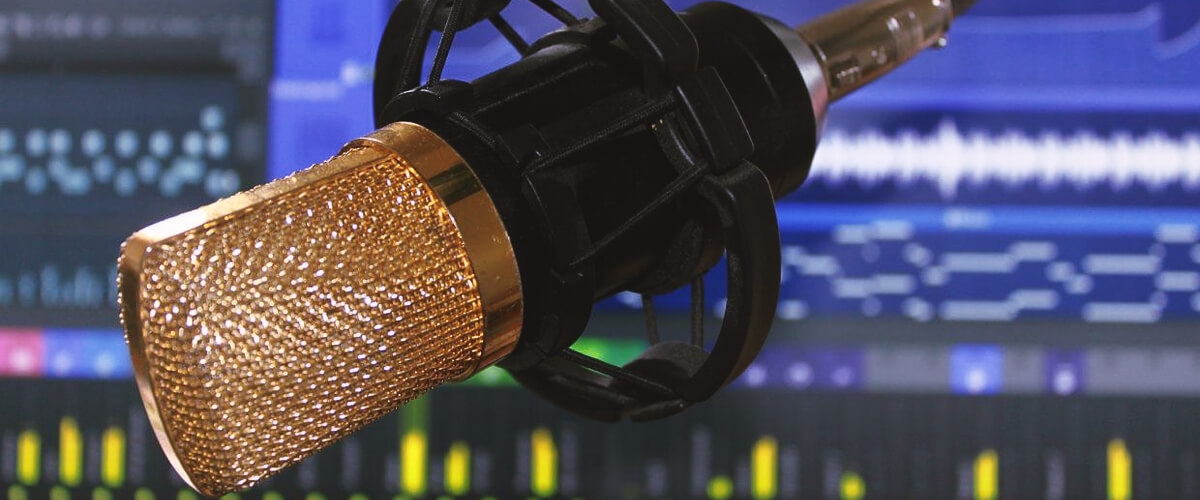
Achieving impeccable performances often requires the art of vocal tuning. In this section, I will explore how to tune vocals and discuss various tuning techniques, including pitch correction, time correction, and formant correction.
- Pitch correction is a fundamental aspect of tuning. It involves adjusting the pitch of individual vocal notes. Here’s a step-by-step breakdown of the pitch correction process:
- Listen carefully to the track and identify any notes that are out of tune or off-key.
- Use pitch correction software, such as Auto-Tune or Melodyne, to correct the pitch of the identified notes.
- Adjust the correction parameters, such as the speed and depth of the correction, to maintain a natural and transparent sound.
- Time correction ensures that the performance aligns rhythmically with the music. Here are the steps involved in it:
- Identify sections where the vocal timing is not perfectly synchronized with the beat or other instruments.
- Employ time correction tools, such as audio quantization or time stretching, to adjust the timing of the performance.
- Carefully adjust the timing to maintain the natural groove and feel of the performance while correcting any noticeable timing discrepancies.
- Formant correction focuses on preserving the natural characteristics and timbre of the vocalist’s voice. It allows for subtle adjustments while maintaining the original sound. Here’s how to approach formant correction:
- Familiarize yourself with the concept of formant frequencies, which are the resonant frequencies of the vocal tract that contribute to the unique timbre of the voice.
- Use formant shifting tools or plugins to subtly adjust the formant frequencies of the vocal.
- Exercise caution when applying formant correction, as excessive adjustments can result in an unnatural or robotic sound.
Experiment with different settings, but always strive to maintain the integrity and emotional impact of the original performance.
Auto-tune: A revolution in vocal tuning
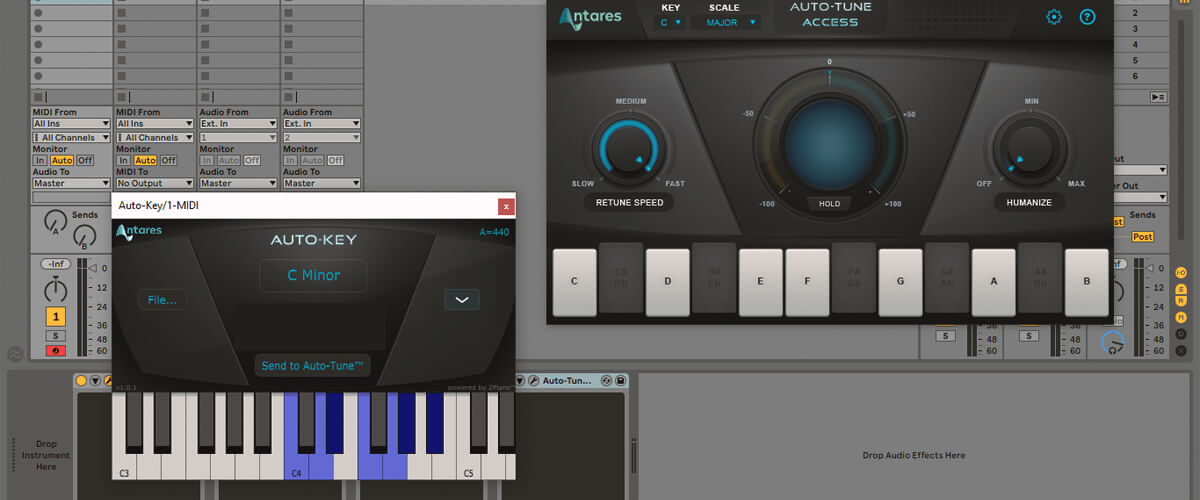
Auto-tune technology has revolutionized the art of vocal tuning and transformed the music production landscape. This is a pitch correction software developed by Antares Audio Technologies. It analyzes the pitch of recorded vocals and automatically adjusts them to the desired pitch or scale. This technology has become synonymous with the distinctive vocal effect popularized by artists in various genres.
The introduction of autotune has had a profound impact on tuning and music production:
- Auto-tune provides unparalleled precision in pitch correction, allowing for meticulous adjustments to individual notes.
- It has expanded the creative possibilities in production. Artists can experiment with unique vocal effects, such as exaggerated pitch slides, robotic vocal textures, or the iconic “Cher effect.”.
- The automation offered by this technology significantly reduces the time required for manual pitch correction. It streamlines the workflow and allows producers to focus on other aspects of music production.
However, it is important to consider the cons of auto-tuning:
- Overuse or excessive application of auto-tune can lead to an unnatural and artificial sound.
- The potential risk of homogenizing performances and diminishing the uniqueness of individual voices.
- Dependency on auto-tuned vocals can hinder the development of strong vocal skills and performance techniques.
As with any tool, the key lies in using auto-tune judiciously and in a manner that enhances the artistic vision rather than relying on it as a crutch. It is crucial to strike a balance between achieving pitch perfection and preserving the authenticity and emotive qualities of the vocalist’s performance.
Manual pitch correction: The art of fine-tuning
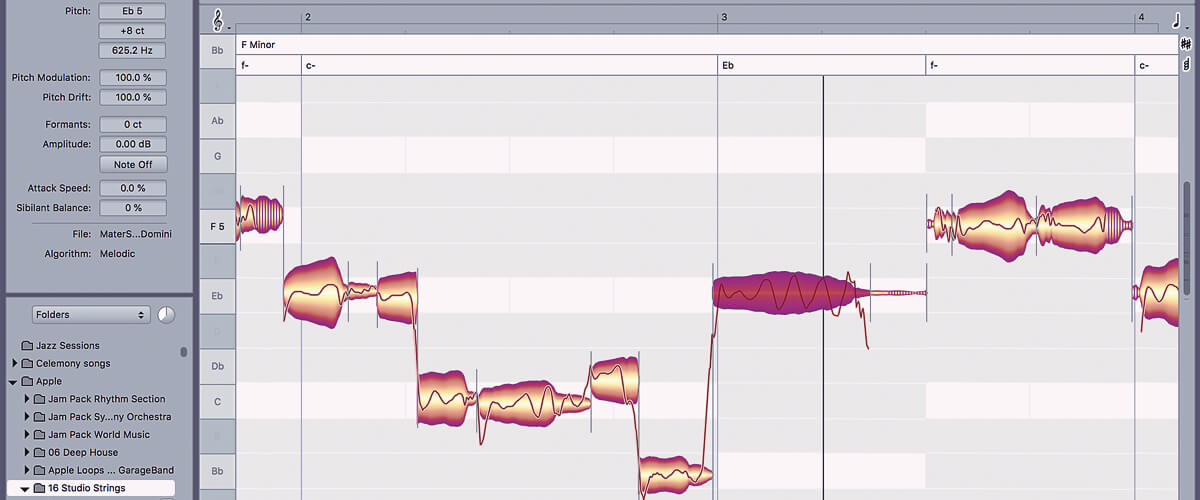
Manual pitch correction is an essential technique in vocal tuning that involves meticulously adjusting the pitch of individual notes by hand. In this section, I will tell you about the concept of manual pitch correction, how it works, and when it is appropriate to use.
Unlike the automated auto-tune process, manual pitch correction involves carefully identifying and correcting off-key notes, ensuring they align perfectly with the desired pitch. This technique offers a higher level of control and precision, allowing for nuanced adjustments and preserving the natural characteristics of the vocalist’s performance.
When should you consider manual pitch correction? Here are a few scenarios:
- Artistic expression. Manual pitch correction is ideal when you want to maintain the authentic nuances and characteristics of the vocalist’s performance. It allows for subtle pitch adjustments that enhance the emotional delivery and unique style of the artist.
- Natural sounding results. In situations where a more transparent and organic pitch correction is desired, manual correction provides greater control over the fine-tuning process. This ensures that the pitch corrections blend seamlessly with the original recording, creating a natural and polished result.
- Complex performances. Manual pitch correction is beneficial when dealing with intricate vocal passages that require precise adjustments. It enables you to address specific notes or phrases that may require additional attention due to their complexity or importance within the composition.
While auto-tune technology provides efficiency and creative possibilities, manual correction is essential for achieving precise adjustments that enhance the natural qualities of the vocalist’s performance. By understanding when to employ manual pitch correction and leveraging its benefits, producers can achieve exceptional results in fine-tuning vocals and crafting captivating musical experiences. Also, you can check the best pitch correction plugin.
Top tips for tuning vocals: honing your craft
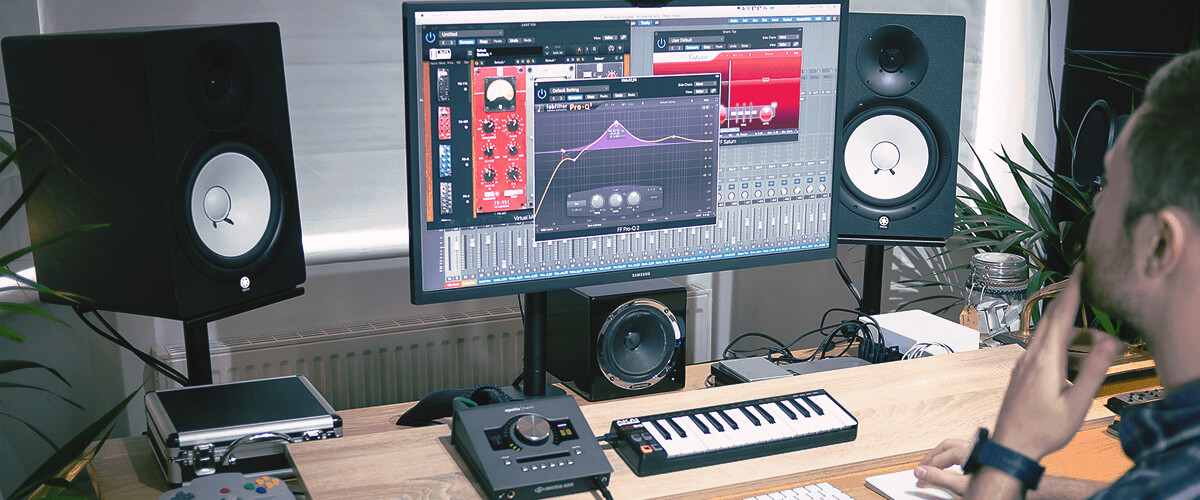
Tuning vocals is a delicate process that requires precision and attention to detail. Let me provide you with top tips to help you achieve the best results when tuning vocals, from recording to using the right software and preserving the natural tone.
- Quality recording:
- Use a high-quality microphone suited for capturing vocals accurately.
- Encourage the vocalist to deliver a consistent and well-controlled performance.
- Setting the correct key:
- Ensure that the song is in the correct key that suits the vocalist’s range and style.
- Transpose the key if necessary to optimize the performance and reduce the need for excessive pitch correction<./li>
- Choosing the right software:
- Select a reputable pitch correction software that offers a range of tools and settings to accommodate different styles and genres. These may be Auto-Tune Pro by Antares Audio Technologies, Melodyne by Celemony, or Waves Tune Real-Time by Waves Audio.
- Familiarize yourself with the software’s interface, controls, and functions to maximize its capabilities.
- Preserving natural tone:
- Use pitch correction settings judiciously to maintain the natural qualities of the vocalist’s voice. Avoid excessive correction that can result in an artificial and robotic sound.
- Retain subtle pitch variations and imperfections that add character and emotion to the performance.
- Dealing with common challenges:
- Address pitch inconsistencies in specific sections by manually adjusting the problematic notes rather than applying blanket correction throughout the entire track.
- Pay attention to vibrato and note sustain, ensuring that they are not overly affected by the tuning process.
- Use formant shifting tools sparingly to maintain the natural timbre of the voice while making necessary pitch correction.
- Fine-tuning and listening:
- Zoom in on individual sections and notes to fine-tune pitch corrections with precision.
- Continuously listen to the corrected vocals in the context of the full mix to ensure they blend seamlessly with the rest of the instrumentation.
Remember, tuning is a subtle art that requires a delicate touch. The goal is to enhance the vocalist’s performance while preserving the natural tone and emotional delivery. By following these tips and honing your craft, you can achieve professional-quality results in vocal tuning, creating captivating and polished performances.
Conclusion
Vocal tuning is a crucial aspect of modern music production, allowing artists to achieve pitch-perfect and polished performances. Remember to prioritize the preservation of the natural tone and authenticity of the vocalist’s voice while using the appropriate tools and techniques.
For those seeking to delve deeper into the world of vocal tuning, I wholeheartedly recommend the “Auto-tune Vocal Tuning and Pitching” course. This comprehensive course offers in-depth lessons and expert guidance to help you master the art of tuning using Auto-tune software. Investing in your knowledge and skills will not only benefit your own productions but also enhance your value as a music professional.

